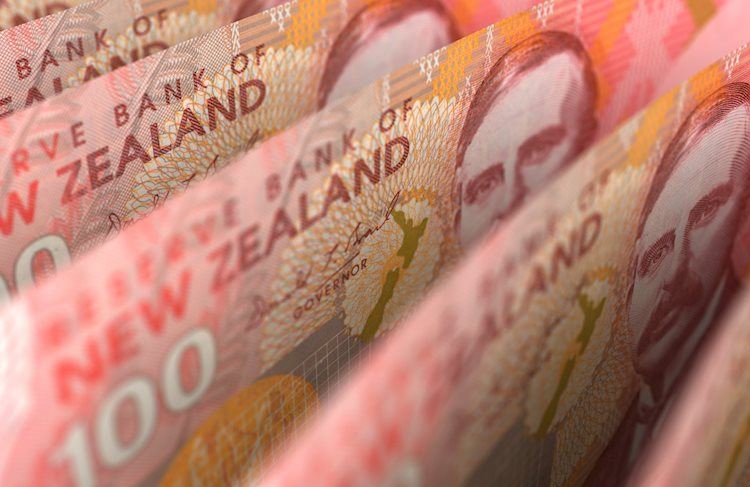- NZD/USD softens to around 0.6020 in Friday’s early Asian session.
- The 25 basis points (bps) rate cut by the Fed on Thursday was widely expected.
- Donald Trump’s proposals to raise tariffs could drag the Kiwi lower against the USD.
The NZD/USD pair trades with a mild negative bias near 0.6020 during the early Asian session on Friday. The concerns about Donald Trump’s proposals to raise tariffs might cap the upside for the Kiwi in the near term. Investors await the release of advanced US Michigan Consumer Sentiment, which is due later on Friday. The Federal Reserve’s (Fed) Michelle Bowman is also set to speak.
The US central bank trimmed interest rates by a quarter point, bringing the target rate range to 4.50%-4.75%. The Fed hints that another interest rate cut is likely coming, but the timing remains uncertain. The markets are now pricing in nearly 75% possibility the Fed will cut rates again in December, up from 69% on Wednesday, according to the CME Group’s Fed Watch Tool.
On the Kiwi front, traders speculate Trump will reset trade relations with China, headlining a 60% import tariff on all Chinese goods, which undermines the China-proxy New Zealand Dollar (NZD) against the Greenback as China is a major trading partner to New Zealand.
Additionally, the rising bets of an aggressive rate-cut cycle by the Reserve Bank of New Zealand (RBNZ) might contribute to the NZD’s downside for the time being. The RBNZ is expected to cut the official cash rate (OCR) by 50 bps in the November meeting, with a supersize 75 bps cut an outside possibility.
New Zealand Dollar FAQs
The New Zealand Dollar (NZD), also known as the Kiwi, is a well-known traded currency among investors. Its value is broadly determined by the health of the New Zealand economy and the country’s central bank policy. Still, there are some unique particularities that also can make NZD move. The performance of the Chinese economy tends to move the Kiwi because China is New Zealand’s biggest trading partner. Bad news for the Chinese economy likely means less New Zealand exports to the country, hitting the economy and thus its currency. Another factor moving NZD is dairy prices as the dairy industry is New Zealand’s main export. High dairy prices boost export income, contributing positively to the economy and thus to the NZD.
The Reserve Bank of New Zealand (RBNZ) aims to achieve and maintain an inflation rate between 1% and 3% over the medium term, with a focus to keep it near the 2% mid-point. To this end, the bank sets an appropriate level of interest rates. When inflation is too high, the RBNZ will increase interest rates to cool the economy, but the move will also make bond yields higher, increasing investors’ appeal to invest in the country and thus boosting NZD. On the contrary, lower interest rates tend to weaken NZD. The so-called rate differential, or how rates in New Zealand are or are expected to be compared to the ones set by the US Federal Reserve, can also play a key role in moving the NZD/USD pair.
Macroeconomic data releases in New Zealand are key to assess the state of the economy and can impact the New Zealand Dollar’s (NZD) valuation. A strong economy, based on high economic growth, low unemployment and high confidence is good for NZD. High economic growth attracts foreign investment and may encourage the Reserve Bank of New Zealand to increase interest rates, if this economic strength comes together with elevated inflation. Conversely, if economic data is weak, NZD is likely to depreciate.
The New Zealand Dollar (NZD) tends to strengthen during risk-on periods, or when investors perceive that broader market risks are low and are optimistic about growth. This tends to lead to a more favorable outlook for commodities and so-called ‘commodity currencies’ such as the Kiwi. Conversely, NZD tends to weaken at times of market turbulence or economic uncertainty as investors tend to sell higher-risk assets and flee to the more-stable safe havens.
